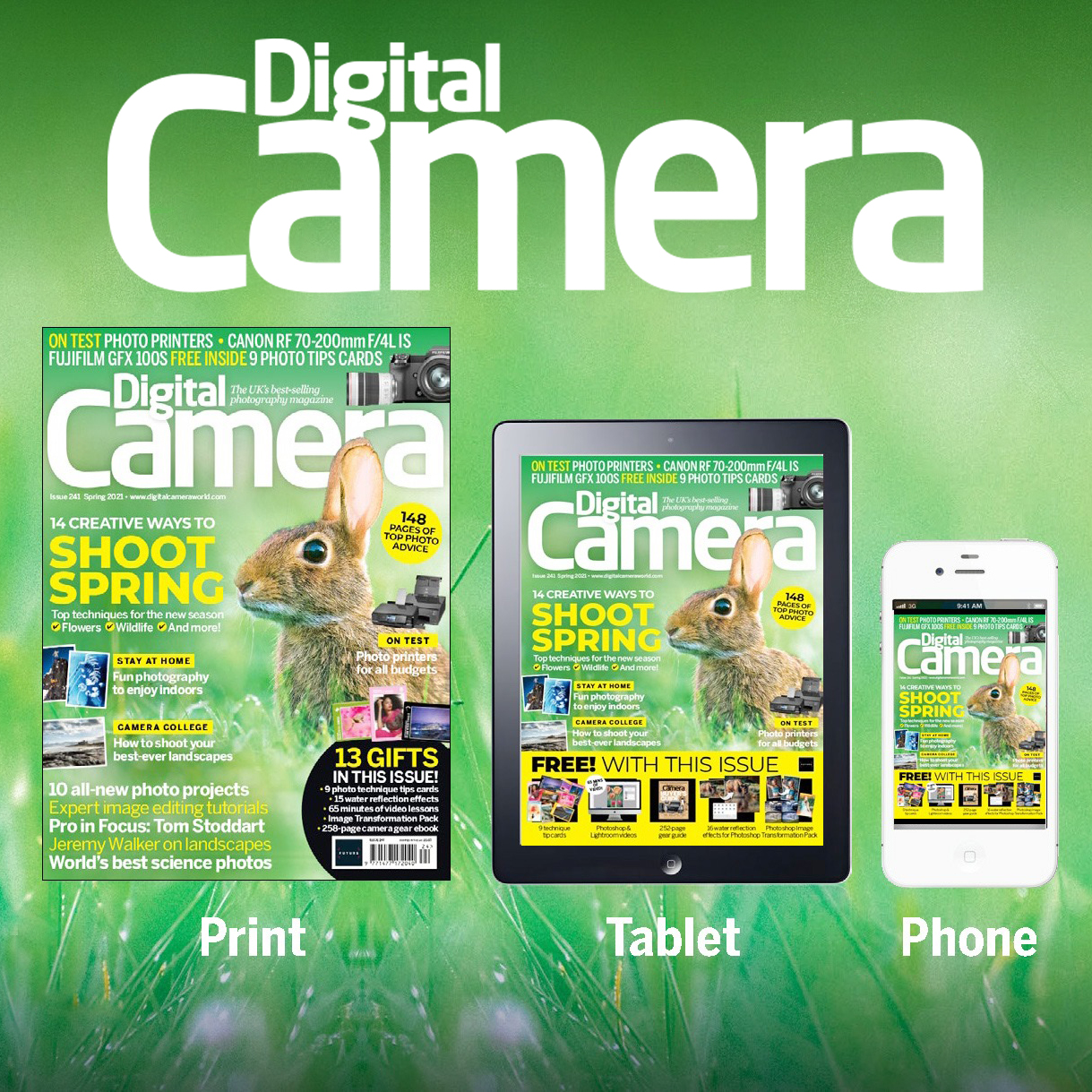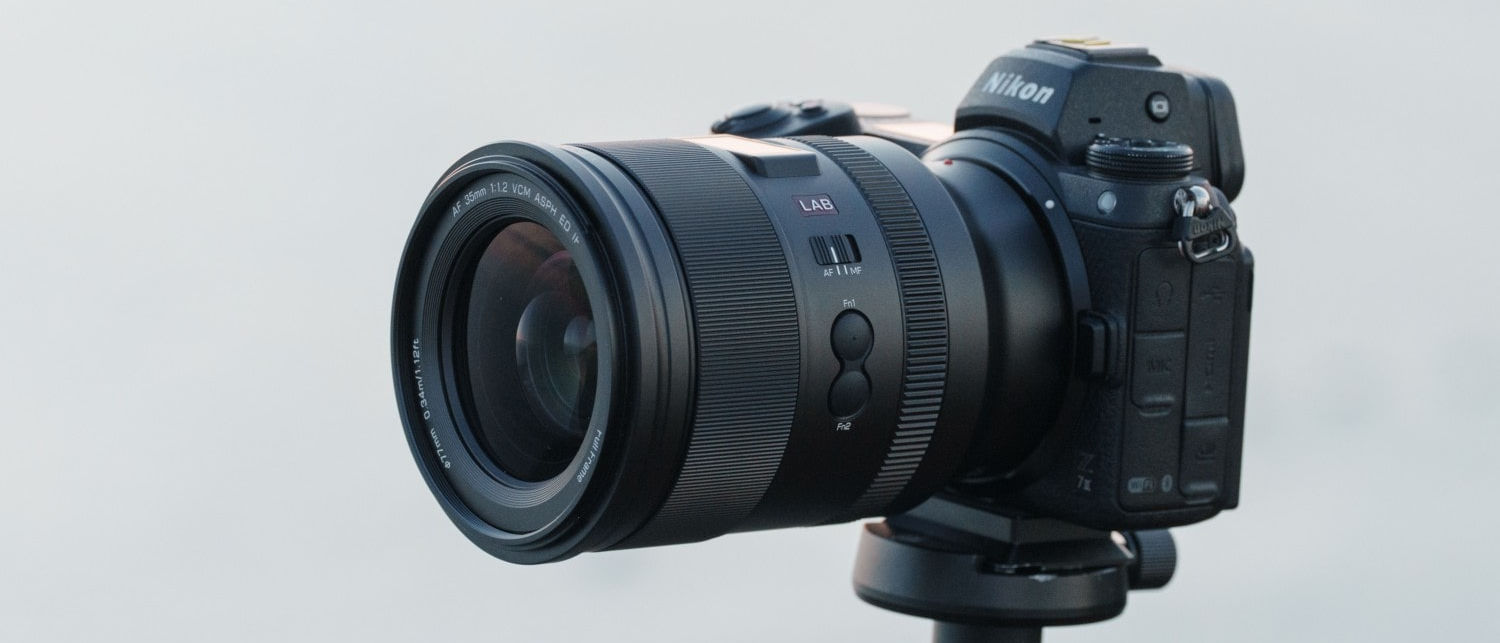Magnum Learn Monday: Getting started – approaching the street
More exclusive extracts from The Art of Street Photography – the first online course offered by iconic agency Magnum Photos
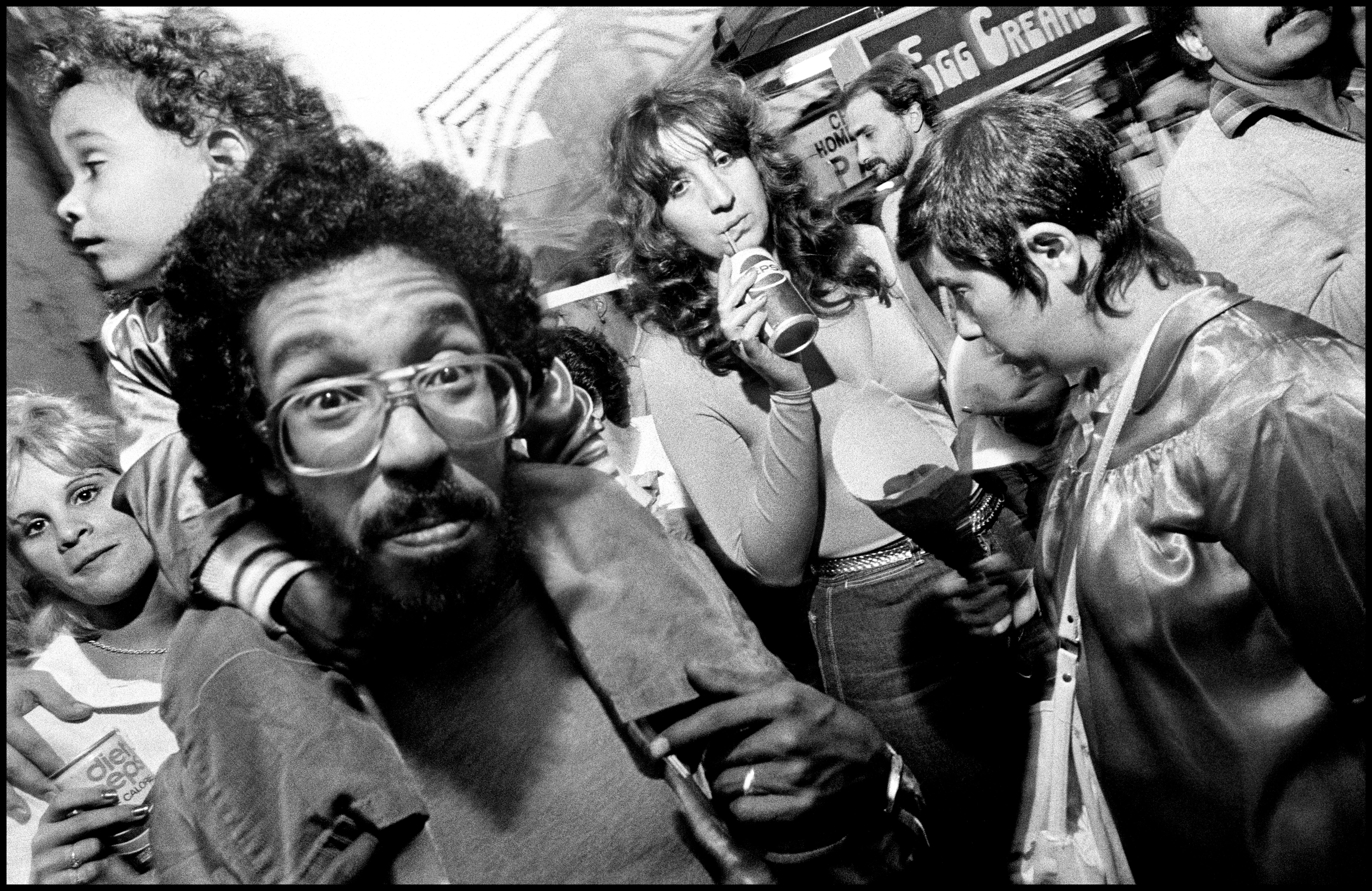
Digital Camera World has partnered with Magnum Learn to publish a taster of its first online course, 'The Art of Street Photography'.
Magnum Learn is the education portal of Magnum Photos, and the course tutors comprise Martin Parr, Peter van Agtmael, Carolyn Drake, Richard Kalvar, Mark Power, Bruce Gilden and Susan Meiselas.
'The Art of Street Photography' consists of 10 themed lessons and costs $99. We'll be publishing a new extract every week on Magnum Learn Monday until 02 September!
This week, in the second extract, we're looking at how to get started in street photography, and the camera equipment you need to take photographs of people on the street.
Miss last week's extract? Click here to read Magnum Learn Monday Part 1: How to shoot street photography like a pro

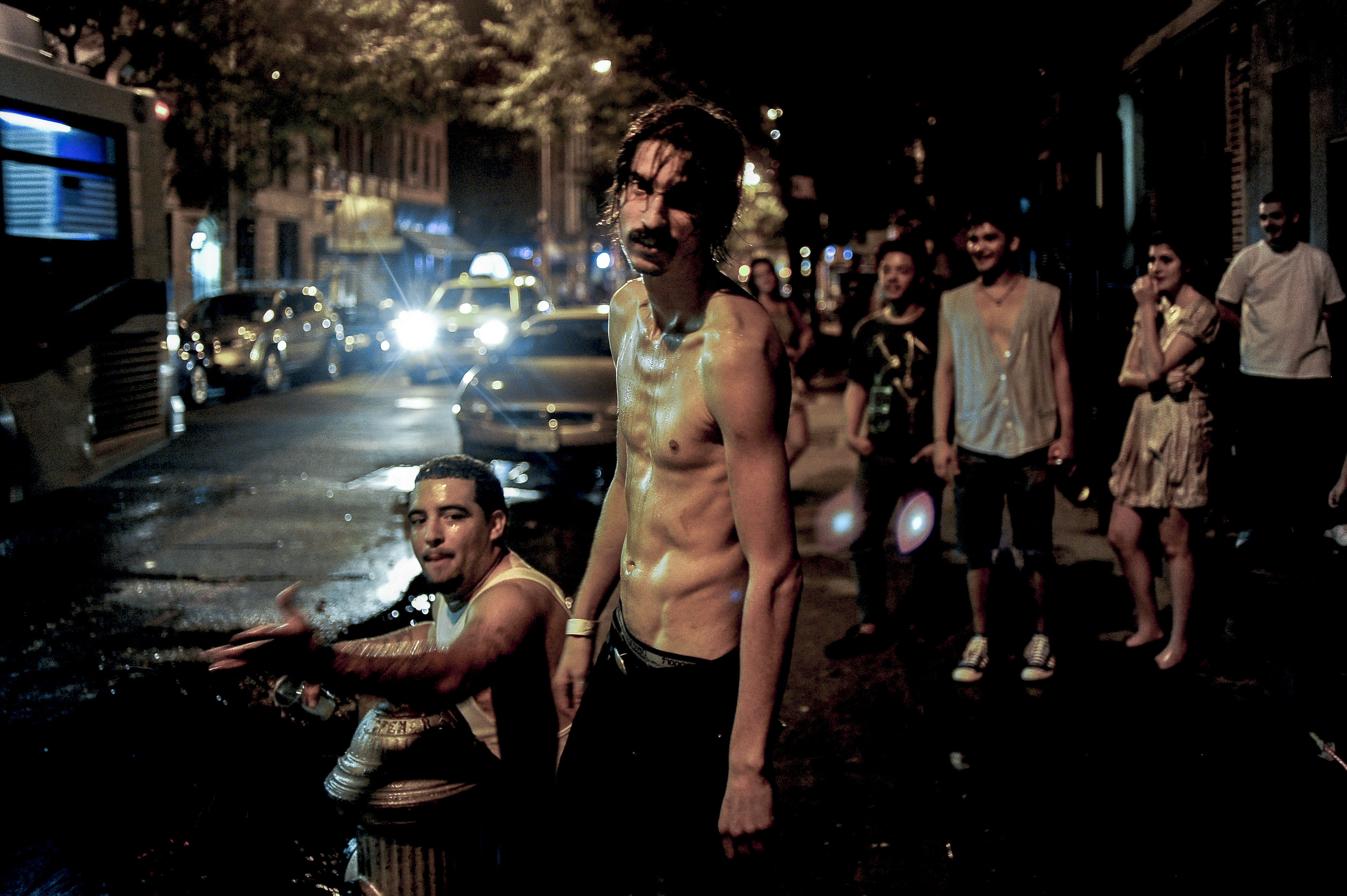
Getting started: do your research before arriving on location
Here we provide a short introduction to a variety of practical aspects and issues that surround street photography. From understanding local laws on photography to more complex issues of photographic representation, these should be worthy considerations when approaching or actively working within the public realm.
What follows is designed to act as prompts for your own research, rather than being a comprehensive guide. Plus, we consider the mindset required to be successful as a street photographer.
The best camera deals, reviews, product advice, and unmissable photography news, direct to your inbox!
Representation of people and places
Photography brings with it significant questions surrounding representation. It is important to understand the role of the photograph and your role as the photographer; this is especially true when your primary subject is people.
It is worthwhile asking yourself: how am I representing this place or person? How have they, or this place, been represented in the past, and is that mode of representation problematic? How is this person’s experience different from mine?
It is important to recognise your own experience and be conscious of your position, particularly if it is a privileged one, when photographing the lives of others.
Ultimately, every photographer must develop their own sensibilities and principles to abide by, but drawing from the history of photography and the writings that explore these issues is always recommended.
Start with some of these books: On Photography by Susan Sontag; Photography: A Critical Introduction, edited by Liz Wells; The Burden of Representation by John Tang; and Photography: The Key Concepts by David Bate.

It can also be about the presence of the street, and what that represents: humanity, society, architectural forms and more.
There is no one definition of street photography, no one ‘right’ way, as exemplified by the variety of approaches, represented within the history of photography.
Working strictly in line with tradition, categories or “pigeon holes” as course tutor Bruce Gilden calls them, can be extremely limiting, when in truth the ‘street’ can offer endless opportunities to make different kinds of photographs.
As alluded to by course tutor Peter van Agtmael, the beauty of the street is in the “unexpectedness of the encounters.”
The key is to establish a personal definition for what the street means, and to be innovative, bringing a unique vision and new ideas to challenge the genre’s traditions.
Starting points for research
The history of photography is a great source of inspiration and learning. Knowing what has come before and what is being produced today can help inform your own work.
As course tutor Bruce Gilden says, you should want to add to what has been done before and make it yours.
Henri Cartier-Bresson drew inspiration from many other art forms, namely painting and literature, and would spend hours in the Louvre Museum in Paris studying the work of great painters.
Looking beyond photography can be equally inspiring and refreshing, and open you up to new approaches and new ideas.
What mindset do you need to succeed?
Photographers need sharp senses, innate curiosity and an openness to the world when working in the street.
Street photography is about acting on impulse, listening to your intuition and being spontaneous. You have to expect the unexpected.
And above all else, you will need drive, dedication, patience, and perseverance; to put in the hours of hard work, to put the failures behind you and to keep pushing forward.
Ideal locations for trying street photography
You can discover so much about a place through the simple act of walking, getting out of your front door and engaging with the world.
Actively exploring your environment with camera in hand is the best place to start; from finding the hotspots where interactions may occur to discovering what time the light shifts to transform a specific street corner.
This all happens by being present, by having your feet on the ground and your mind and eye curious as to what is around you. Here are some locations to get started, or just hone your skills:
- Street corners/intersections
- Pedestrian crossings
- Bustling streets/hubs: eg, Fifth Avenue in New York City or Oxford Street in London
- End of working hours in certain locations or districts, where you can find mass exits of people
- Keep an eye on the light in cities – at times it can become very dramatic
How does the law relate to street photography?
Digital Camera says… This depends on the territory you are photographing in, as different countries have different laws.
It’s therefore essential to do adequate research beforehand so that you’re familiar with any restrictions that may apply. And being culturally aware is also important, as photographing people is not seen as normal practice all over the world.
As a general rule of thumb, there will be a distinction between taking photographs in public places and on private property. (Again, though, the definition of a public place, and what can be photographed in it, can vary from country to country – there could even be restrictions enforced in some public places.)
Photographing people in public places will be more straightforward than photographing people on private property, although it’s worth remembering that in most countries people in public places have a reasonable expectation of privacy, and not to be harrassed.
To photograph on private property, you’ll need the permission of the landlord or owner. This can also apply to public places like landmarks and attractions. If in doubt, always check with a police officer or a member of the authorities.
What gear do I need for street photography?
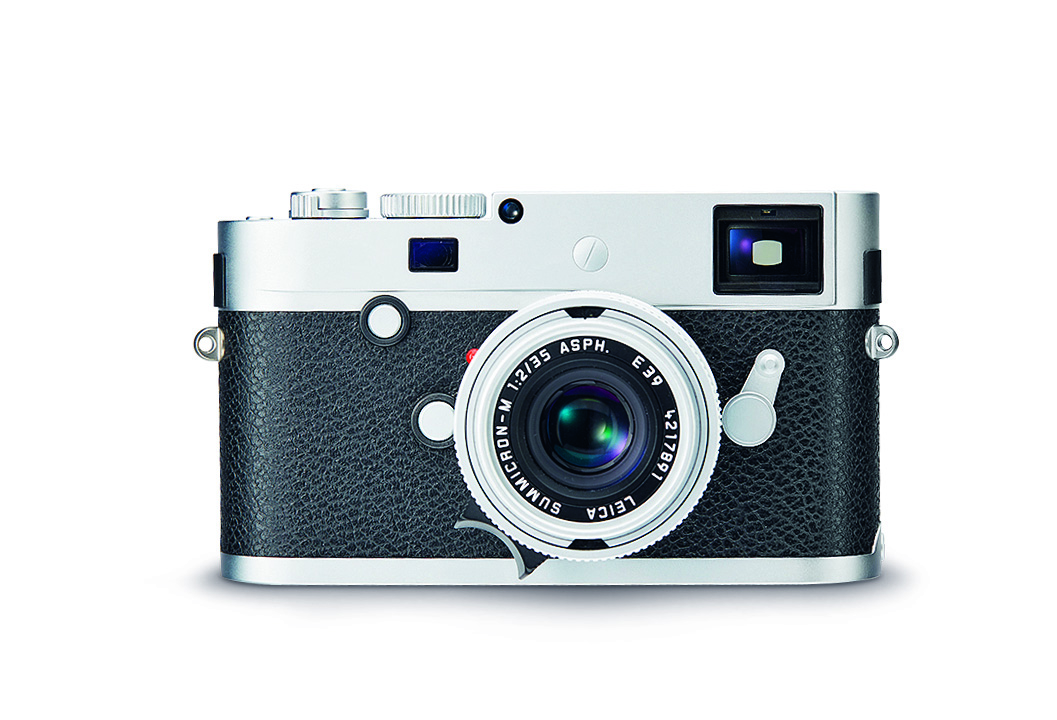
As demonstrated by the course tutors, there are myriad setups for street photography, from the Leica rangefinder that is so synonymous with the medium to the slow, static, large-format view camera.
When it comes to sharing their setups from the past and the present, Richard Kalvar favours a 35mm lens, as it allows him to get very close to people; while Peter van Agtmael opts for a full-frame camera with either a 28–70mm kit lens or a 28mm or 35mm lens, plus a small flashgun.
Martin Parr also uses a 28–70mm zoom, so he doesn’t have to carry so many lenses: “It gives me more bounce in my step to keep going the full day.” Parr has also gone further, using a macro lens with a ring flash for street photography.
In contrast, Mark Power uses a digital medium-format technical camera, having previously used a large-format 5x4 camera for 15 years.
Power says that it is about finding the right tools to make the work you want, and the right tools to enable you to speak with your own voice. You can make compelling work with what you have available, as long as you have something to say.
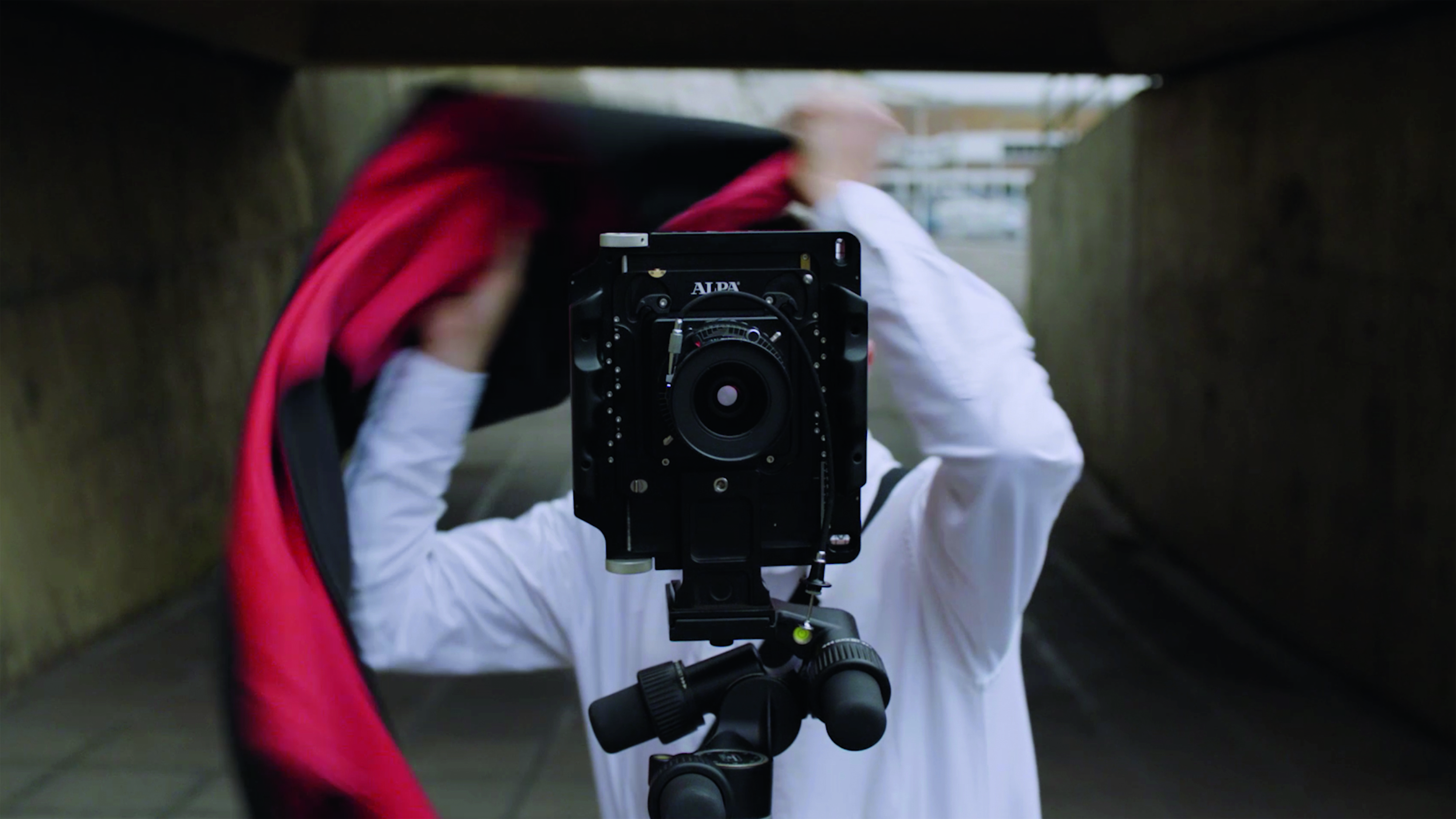
Using flash in street photography
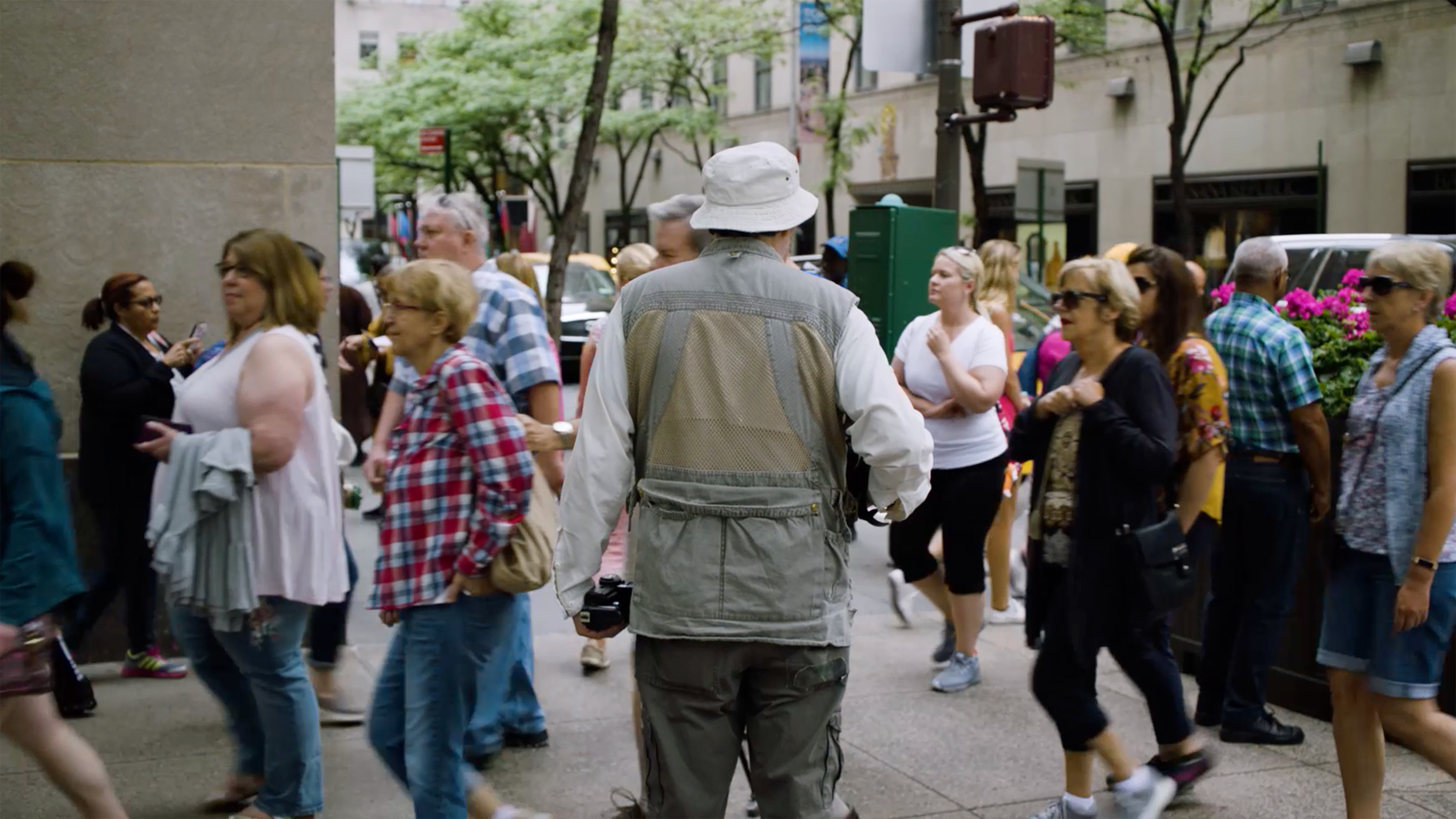
A number of the course tutors utilise different flash techniques. Bruce Gilden’s signature use of flash is seen across the course.
His typical equipment on the street (pictured, above) includes a handheld flashgun tethered to his camera, which he uses to isolate and illuminate his subject within the foreground.
Martin Parr describes his frequent use of flash as both an aesthetic choice, bringing with it a slightly surreal effect to his photographs, and a technical necessity, utilising it to kill the shadows when working in bright sunlight, or to complement the ambient light when working indoors.

About Magnum Learn
‘The Art of Street Photography’ is the first course to be offered on Magnum Learn, the new online learning platform from the world’s most prestigious photo agency.
The course consists of 10 themed lessons comprising in-depth video and tutoring from Magnum pros, offering key advice and guidance to help improve your photography in the street… and beyond.
Seven world-class photographers teach the course. These include Bruce Gilden, Martin Parr, Susan Meiselas, Richard Kalvar, Carolyn Drake, Peter van Agtmael and Mark Power, plus industry leaders.
These pros have contributed their unique insights, knowledge and experience to the lessons, and guide the pupil through the process of honing their photography skills via intimate interviews and on-location demonstrations.
Next time…
We go on location with Martin Parr, one of the masters of photography, to find out more about his shooting style, and his tips for editing. It'll be published on 19 August, so don't miss it!
If you like what you've seen from ‘The Art of Street Photography’ so far, then click here to find out more about the course.
Read more:
Photography tips and techniques
5 top street photography tips to try
Buying guide: street photography-friendly mirrorless cameras
Best lens for street photography: best 35mm lenses
The sister print publication to this website, Digital Camera Magazine is Britain's best-selling photography publication – and it can also be purchased outside the United Kingdom as Digital Camera World.
Digital Camera Magazine is packed with more expert advice and more inspirational images than any other title, with the sole aim of helping you become a better photographer. Every issue we also bring you a selection of great gifts which are designed to help you get more from your photography – everything from tips cards and cheat sheets to free software and bookazines.
In addition to inspirational images, interviews, projects, mini tests and tutorials, each issue is packed with news, reviews and comparisons, as well as photographer vs photographer shootouts and head-to-head challenges using the best photo editing software.
The magazine is captained by Editor Niall Hampton.
